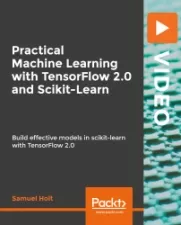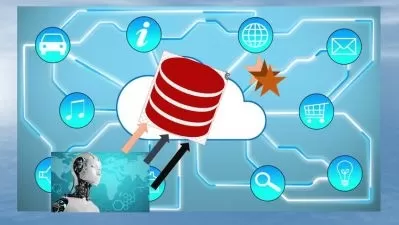Designing a Machine Learning Model
Janani Ravi
3:24:20
Description
This course covers the important differences between various canonical problems in machine learning, as well as the considerations in choosing the right solution techniques, based on the specifics of the problem you are trying to solve and the data that you have available.
What You'll Learn?
As Machine Learning explodes in popularity, it is becoming ever more important to know precisely how to frame a machine learning model in a manner appropriate to the problem we are trying to solve, and the data that we have available.
In this course, Designing a Machine Learning Model you will gain the ability to appropriately frame your use-case and then choose the right solution technique to model it.
First, you will learn how rule-based systems and ML systems differ and how traditional and deep learning models work. Next, you will discover how supervised, unsupervised, and reinforcement learning techniques differ from each other. You will learn how classic supervised learning techniques such as regression and classification complement classic unsupervised techniques such as clustering and dimensionality reduction. You will then understand the assumptions and outcomes of these four classes of techniques and how solutions can be evaluated.
Finally, you will round out your knowledge by designing end-to-end ML workflows for canonical ML problems, ensemble learning, and neural networks.
When you’re finished with this course, you will have the skills and knowledge to identify the correct machine learning problem setup, and the appropriate solution technique for your use-case.
More details
User Reviews
Rating
Janani Ravi
Instructor's Courses
Pluralsight
View courses Pluralsight- language english
- Training sessions 55
- duration 3:24:20
- level average
- Release Date 2023/10/11









